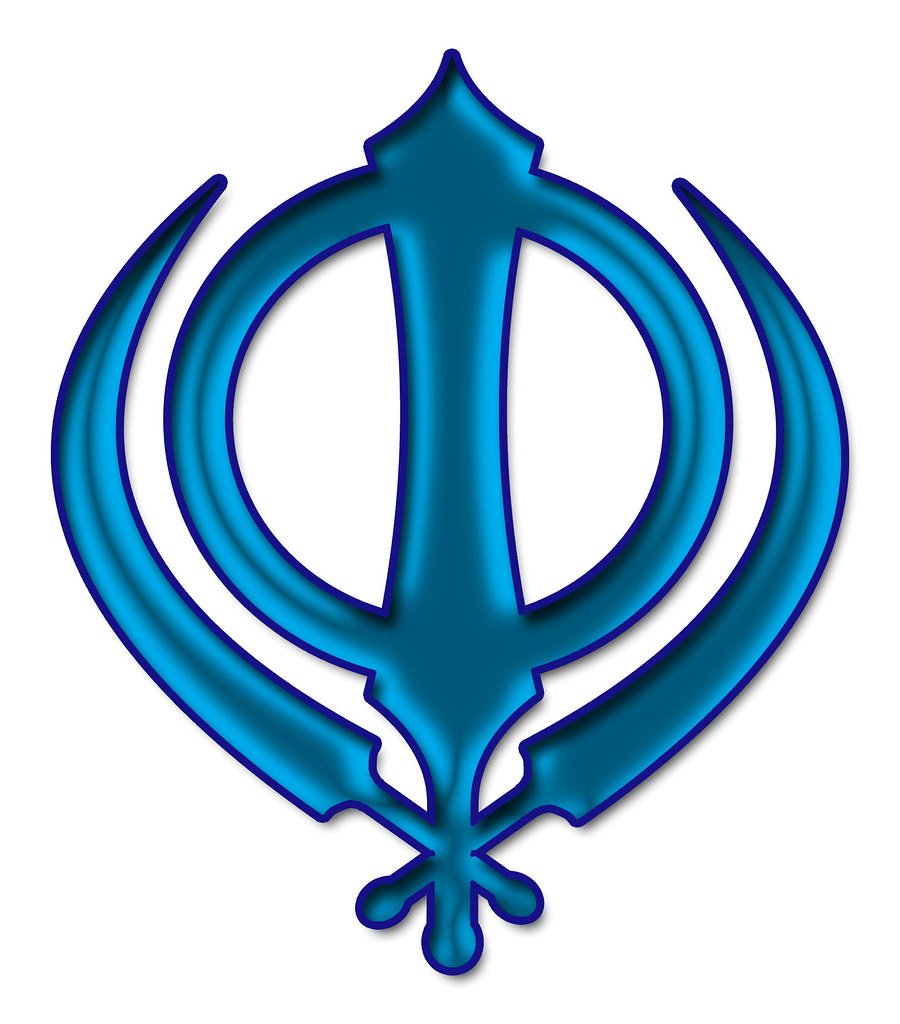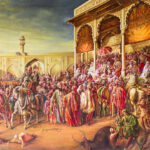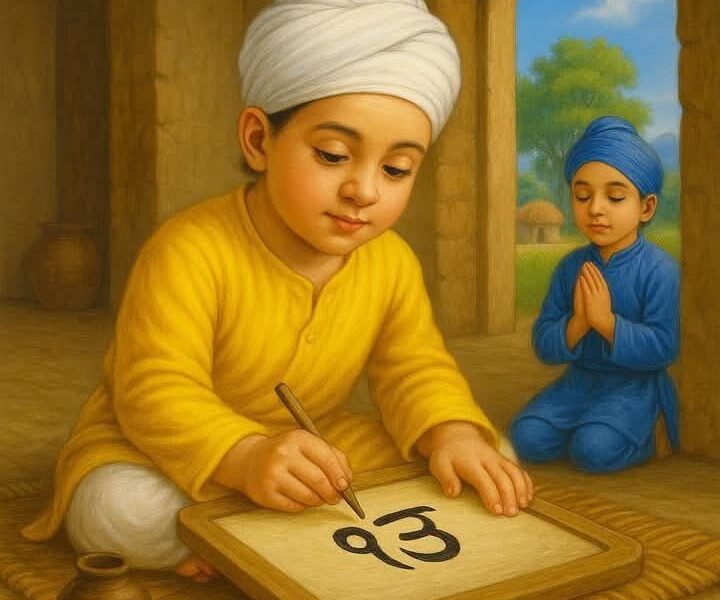5 Ks from the creation of Khalsa Panth by Guru Gobind Singh in 1699.
Guru introduced them for several reasons:
Accepting these common symbols will identify members of Khalsa
Because all Khalsa members wear 5 K community members are firmly attached together.
Each K has a specific value
Description of 5 Ks
Simple, round metal braceletKara – metal bracelet ©
The 5 K taken together symbolize that the Sikhs who wear them are dedicated to a life of devotion and submission to the Guru.
5 Ks are 5 body symbols worn by Sikhs introduced in Khalsa.
The five K’s are:
Kesh (uncut hair)
Kara (metal bracelet)
Kanga (wooden comb)
Kaccha – also spelt, Kachh, Kachera (cotton underwear)
Kirpan (iron sword)
Kesh – uncut hair
Kesh, also known as kesa, or long uncut hair, is considered by the Sikhs as an integral part of the human body, and it mimics the appearance of Gugu Gobind Singh and is one of the main characteristics of a Sikh. identified clearly and quickly.
Various reasons and signs have been put forward by the Sikh practice of keeping hair from shaving-
Throughout history hair (kesh) was considered a symbol of both holiness and strength.
Man’s hair is a part of God’s creation. To keep one’s hair short is to show that one is willing to accept God’s gift in the way that God intended.
Unruly hair symbolizes the acquisition of an easy life and denies pride in one’s appearance.
Not cutting hair is a sign of a person’s desire to move beyond physical concerns and to attain spiritual maturity.
The Sikh should bow his head only to Guru, not to the barber.
It is a very visible sign of group membership.
It follows the appearance of Guru Gobind Singh, founder of Khalsa.
Sikh women are forbidden to cut any body hair or even trim their eyebrows, just as Sikh men are forbidden to cut their beards.
Kara – metal bracelet
Brush your hair twice a day, covering it with a turban that should be tied from the burn.
Tankhanama Bhai Nand Lal Singh [4]
Kangha is a small Sikh comb used twice a day. It should be worn only on the hair and at all times. Combs help to clean and remove tangles from the hair, and are a sign of cleanliness. Combing their hair reminds Sikhs that their lives should be neat and organized. The comb keeps the hair clean, a sign of not only accepting what God has given, but also the command to keep it kindly. Guru Granth Sahib said hair should be allowed to grow naturally; this prevents any shaving of men and women. In Guru’s time, some holy men allowed their hair to grow back and became dirty. Guru said this was wrong; that hair should be allowed to grow but should be kept clean and combed at least twice a day.
Kangha Symbolizes
A sign of self-control and gentleness.
A sign that the Sikh is connected to the Guru.
It serves as a reminder that the Sikh should not do anything that the Guru will not allow.
The mark of a God who has no beginning and no end.
A sign of permanent social integration – being a link to the Khalsa Sikhs series (link name is ‘Kari).
Kara is made of metal, rather than gold or silver because it is not a decoration.
Kanga – wood camp
This symbolizes a clean mind and body; because it keeps the uncut hair clean and tidy.
It symbolizes the importance of caring for the body that God created. This is not in conflict with the Sikh intention of transcending physical anxiety; since the body is man’s means of enlightenment man must take good care of it.
Kachha – special underwear
Kachera is a shalwar-underwear with a tie-knot worn by baptized Sikhs. Initially, the kachera was made part of the five K’s as a symbol of the Sikh army’s readiness to be ready during the war or defense defense. A certified Sikh (who took Amrit) wears kachera every day. Some go so far as to wear a kacheraye when bathing, to get ready quickly, to change one leg at a time, so that they do not have a moment when they are not ready. In addition, this garment allowed the Sikh army to operate freely and without hindrance or restrictions, as it was easier to make, maintain, wash and carry compared to other traditional underwear of the day, such as dhoti. This is a pair of pants that should not go below the knee. It was a particularly useful garment for Sikh warriors of the 18th and 19th centuries, suitable for warfare while riding a horse.
It is a symbol of purity.
A display of swords and knives arranged in the style of the Sikh Khalsa emblem There is no fixed form of Kirpan, a sword
Kirpan – military sword
There is no definite Kirpan style and it can be anything from a few inches to 3 meters in length. It is kept in a bag and can be worn over or under clothing. The kirpan is a symbol symbolizing the Sikh mission of coming to protect those at risk. All Sikhs should wear a kirpan on their body at all times as a defensive arm, just as a policeman is expected to wear a side arm while on duty. Its use is permitted only in the act of self-defense and the protection of others. It represents heroism and protects the weak and innocent.
Kirpan can symbolize
It is spiritual
The soldier is part of the Soldier-Saints
Good protection
The defence of the weak
The struggle against injustice
A metaphor for God
For Sikhs, the fact that Guru ordered Sikhs to wear 5 Ks is a completely sufficient reason, and it no longer needs to be mentioned.
The symbols have become more and more powerful in each passing year of Sikh history.
All Sikhs remember that every Sikh warrior, saint, or martyr since 1699, as well as every living member of Khalsa, joined them in taking 5 Ks.








